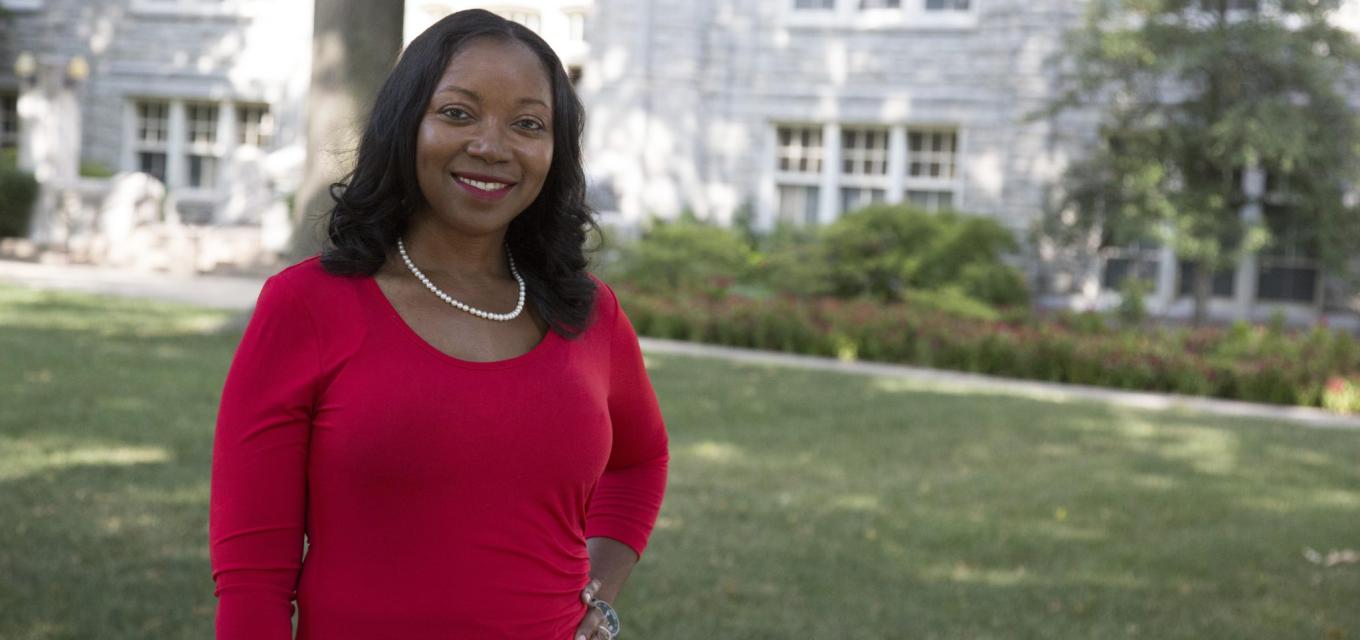2021 Spring / Summer

Harnessing the power of educational technology
Pandemic reveals the strength of the discipline.
Educational psychologists support schools in addressing COVID-related equity issues through MTSS expertise, emphasizing equity in student support.
Kerr Sims’ own academic journey found a new trajectory when she was introduced to the field of educational technology from a professor at Fort Valley State University where she was an undergraduate. “Her classes were always engaging and impactful,” Kerr Sims says. “The use of technology excited me and caused me to want to integrate it more into my instructional practices. After researching more on how the technology I used for everyday activities could be beneficial to teaching and learning, I knew the instructional technology program was right for me.”
Through the Common Ground Consortium, which connects scholars from Historically Black Colleges and Universities to CEHD, Kerr Sims came to Minnesota to complete her masters in instructional technology. She then went on to earn her PhD in the Department of Curriculum and Instruction.
Educational technology means just what it says. It’s all about using technological products to enhance educational outcomes. And Kerr Sims is heavily engaged in that as an associate professor and coordinator of the educational technology program at the University of Central Missouri (UCM). “I am interested in digital equity and ensuring that all students have access to equitable educational opportunities,” she says. “My focus at UCM is on providing solid instruction to our students that builds their capacity to lead in a variety of settings.”
Early last year as COVID-19 first began its march across the country, Kerr Sims found that the pandemic revealed the strength of her educational technology program. “As public K-12 schools shifted online, students in our program were often tasked to provide guidance to their local schools and districts,” she says. As the students were providing leadership, faculty from Kerr Sims’ department helped the more rural school districts shift to emergency remote learning through a series of webinars and short course offerings.
Personally, the pandemic has made Kerr Sims more of an integral partner in her children’s education to ensure the continuation of their learning. “My husband and I made the decision to transfer our daughters from their in-person school to a virtual setting,” she says. “My curriculum includes a range of subjects from math, reading, and science enrichment to genealogy and history.”
For example, her daughters learned about their great-grandmother, Bessie Jackson Calhoun, who grew up in the rural South where there were no secondary schools for African Americans. In order to obtain a secondary education, she had to live with another family in a different county.
“Bessie overcame many obstacles to receive an education that is freely available to them,” Kerr Sims says about her daughters. “Both girls have learned about their lineage and possibilities for their future through our time together.”
And as the girls are learning through their own family tree how education transforms lives, the power of educational technology is helping them do so. “Technological choices at home are purposeful,” Kerr Sims says. “In addition to traditional paper and pencil, we utilize a range of technologies including interactive games, digital whiteboards, and other applications on their tablets.”
The experience has been profound to Kerr Sims as well. “My time with my daughters has been transformational,” she says. “I consider it a privilege to be able to not only teach my students at UCM but also to have this sweet time with my own daughters in the midst of a pandemic.”
Photos courtesy of Kerr Sims
-Kevin Moe